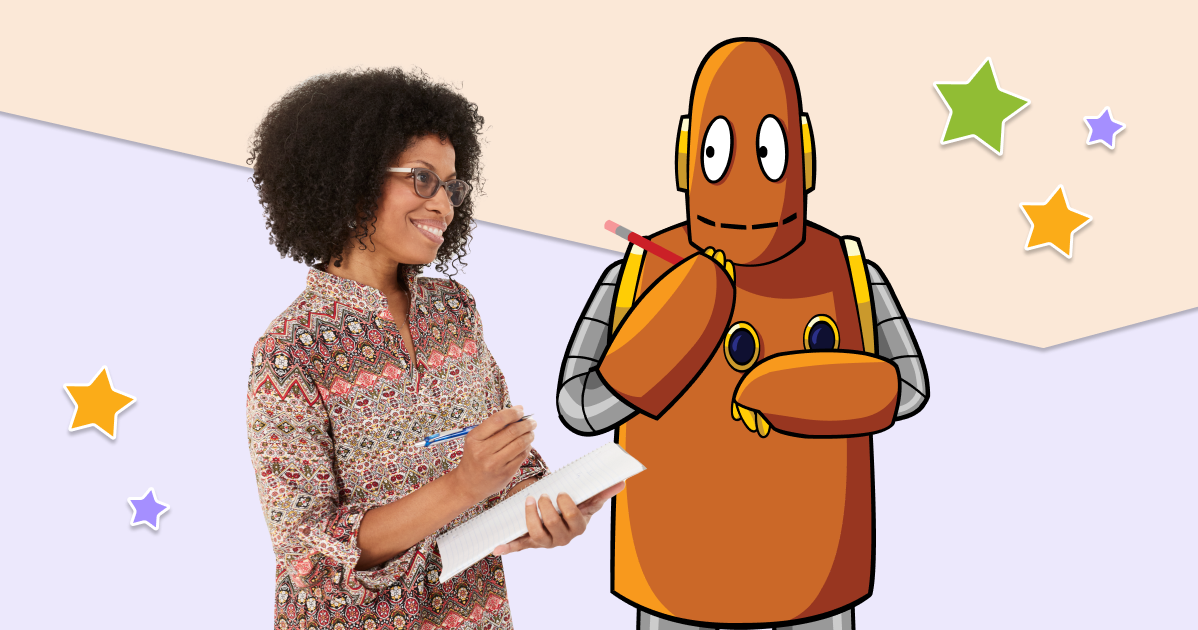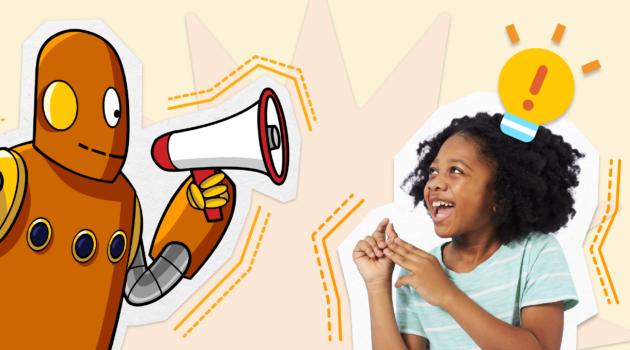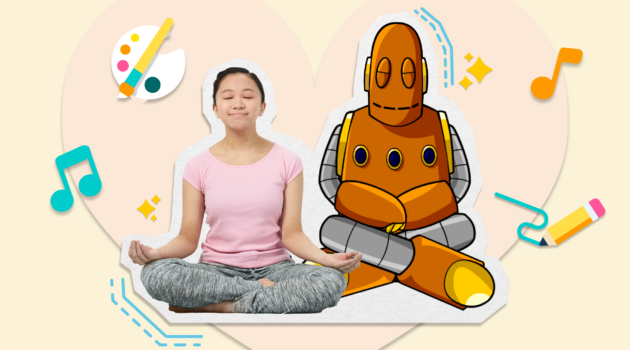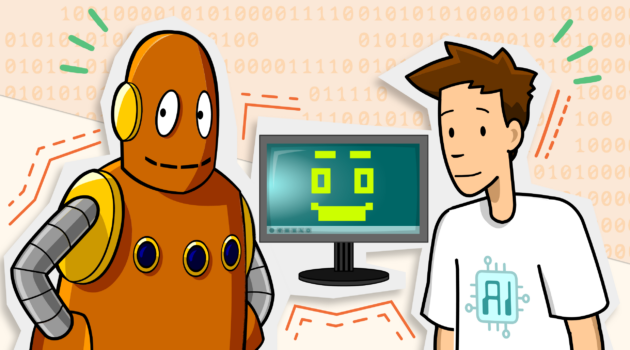Teaching Strategies
Educator-Approved Tips to Declutter Your Day

When I was teaching in a multigrade classroom, my supply closet (which doubled as the school copy room) was filled with everything from copy paper and art supplies to guitars and emergency snacks. Making copies in this clutter was overwhelming. It was the messiest and most stressful place in the school, and it was where I reluctantly started and ended each day. Once I finally cleaned it, I felt light and organized. I couldn’t wait to make copies in the closet.
Educators are accustomed to making the most of any space, no matter how cluttered. We know how to clean, organize, and use any room effectively—even a supply closet! But what about our mental spaces? They are often so jam-packed with emotions, stress, and disorganized thoughts that they keep us up at night. As the school year comes to an end, I decided to spend some time reflecting on this conundrum with my former teacher colleagues. We tapped into our collective toolkit to identify simple, creative ways to reduce all types of clutter. Here are four spring cleaning ideas to help educators end the year less stressed and more prepared.
1. Make a list of tasks to get done around the classroom
I used to keep a notebook and pen on my nightstand. On nights when I’d lay awake thinking about all the items on my to-do list—finish grading papers, figure out who’s driving for tomorrow’s field trip, send a reminder about the spring program, take out the classroom trash— I’d write them down so that I could finally sleep soundly. When I woke up, the list was ready and waiting for me. These worries and tasks, along with the emotions of the day, were my mental clutter. The strategic reason to create a list is to see the clutter in order to make order.
As educators, we often hit the ground running and are on the move from the moment we wake up until we go to sleep. That’s why it’s so important to check in with ourselves by making lists, prioritizing, and pausing to reflect on what we’re thinking and doing and why. Take a step back and reflect with these tips:
- Write down as many worries as you can. Ask a family member, friend, or colleague what they think are your top stressors, and crowdsource their ideas to mitigate stress.
- Write a to-do list each month, and highlight what is most important. Give yourself permission to let go of what is less urgent.
- Having trouble organizing your thoughts–try concept mapping!
- Watch and discuss the BrainPOP movie, Setting Goals with your students. Then do a group and individual goal-setting activity.
2. Ask for help from other educators
I once asked a colleague for advice about making space in my classroom. She walked in and immediately noticed that my desk was shoved into the corner, which left me little room to back up my swivel chair. I had reorganized this area to create more space for my students’ reading zone, but I found myself wedged between a file cabinet and a bookshelf. After talking it through, we realized that while I had created a beautiful reading space for the kids (most of whom actually preferred to read at their desks), I sacrificed my own comfort. So, we slid my desk a foot forward and dragged the reading zone carpet closer to the bookshelf. Just like that, we created more space and solved a problem I didn’t even know I had.
Sometimes all it takes is asking for help—or an extra pair of eyes. Do this early and often, and you’ll see two things happen: You’ll create more efficient mental and physical spaces, and you’ll build stronger bonds with colleagues. Try these tips to make it easier to ask for help:
- Create a culture of feedback with your colleagues by being open and honest about different types of clutter. Share ideas and ask for their advice.
- Be generous. Offer help, and others will be more likely to help you. Helping others can be a mood booster!
- Watch and discuss the BrainPOP movie, Getting Help with your students, and ask for their help to solve a classroom challenge. Kids are incredibly creative and resourceful.
3. Ditch perfection and strive for streamlining
Back when the pandemic first hit and we were suddenly thrown into the world of virtual classrooms, I searched for every possible digital solution and downloaded a ton of apps. I had an app for appointments, surveys, assignments, newsletters, grades, parent communication, and teacher communication. I even had an app for P.E. to track how much exercise my students and I did together. It was overwhelming and difficult to keep track of so many usernames, passwords, websites, and apps. We soon developed app fatigue. My need to create a perfect digital ecosystem unintentionally created more clutter and stress for my students, their parents, and me.
I decided to scale back by asking my students and myself, “Is this app helping us meet our goals?” We kept one communication app that helps students, parents, and teachers stay connected, but tossed the P.E. app. I learned to take time to streamline processes and create efficiency wherever possible. Here are some helpful ways to mitigate app fatigue:
- Before implementing a new app into your daily routine, test it out for a week. Then ask yourself if using the app is getting you closer to meeting your goal.
- Declutter your devices by removing apps or programs you haven’t used for a while.
- Dedicate 15 minutes each day to organizing digital files. Categorize the important ones so they are easily accessible when you need them.
- Watch the BrainPOP movie, Stress as a class, and then discuss strategies to avoid creating more stress for yourself or others.
4. Consistency is key: give it a home and keep it there
Avoid continuously organizing and reorganizing by giving everything in your classroom a home. I have a colleague who lives by this philosophy: Always give everything a place and never move it. If there’s no place for it, then I don’t need it. While this mindset can work miracles in the classroom, consider how it might work for mental clutter, too. Use these ideas to help compartmentalize your thoughts:
- Categorize your to-do lists, and create sections for work, home, health, and personal growth.
- Leave work-related apps, files, papers, and thoughts (when possible) at work. If you have to take work home or work from home, try to create a workspace that is separate from your living space.
- Preserve your time at home for rejuvenation, not a mental dump of the day. Talk to your family about the highs and lows of your workday, but focus more on being present at home than talking about work.
- Watch the BrainPOP movie, Mindfulness with your students, and talk about how you can stay present in the moment.
Though I am no longer a classroom teacher, I’m taking time to pause and reflect on my physical and mental closets and plan some spring cleaning. The more you are able to declutter before the school year ends, the better prepared you will be for whatever is around the corner!
Sarah Mondestin is a homeschooling parent and UX Writer at BrainPOP. She was an elementary and high school educator and principal for 15 years.






